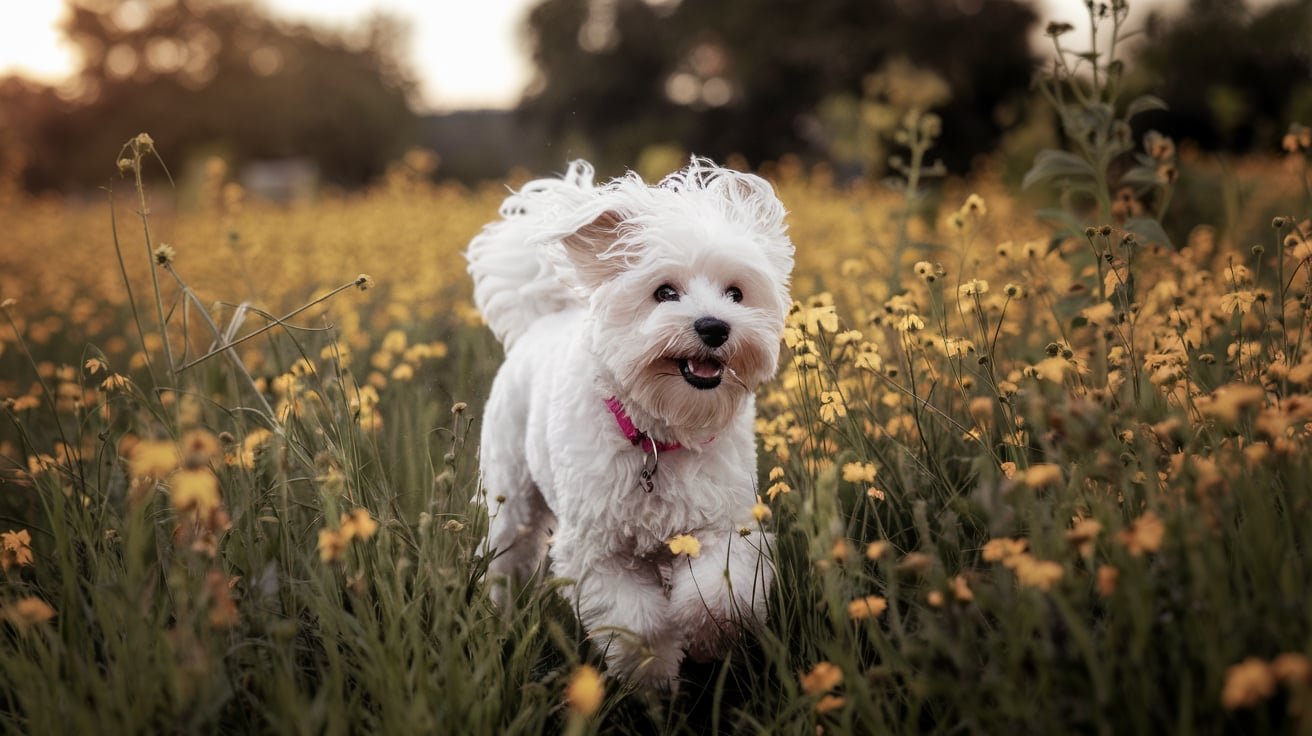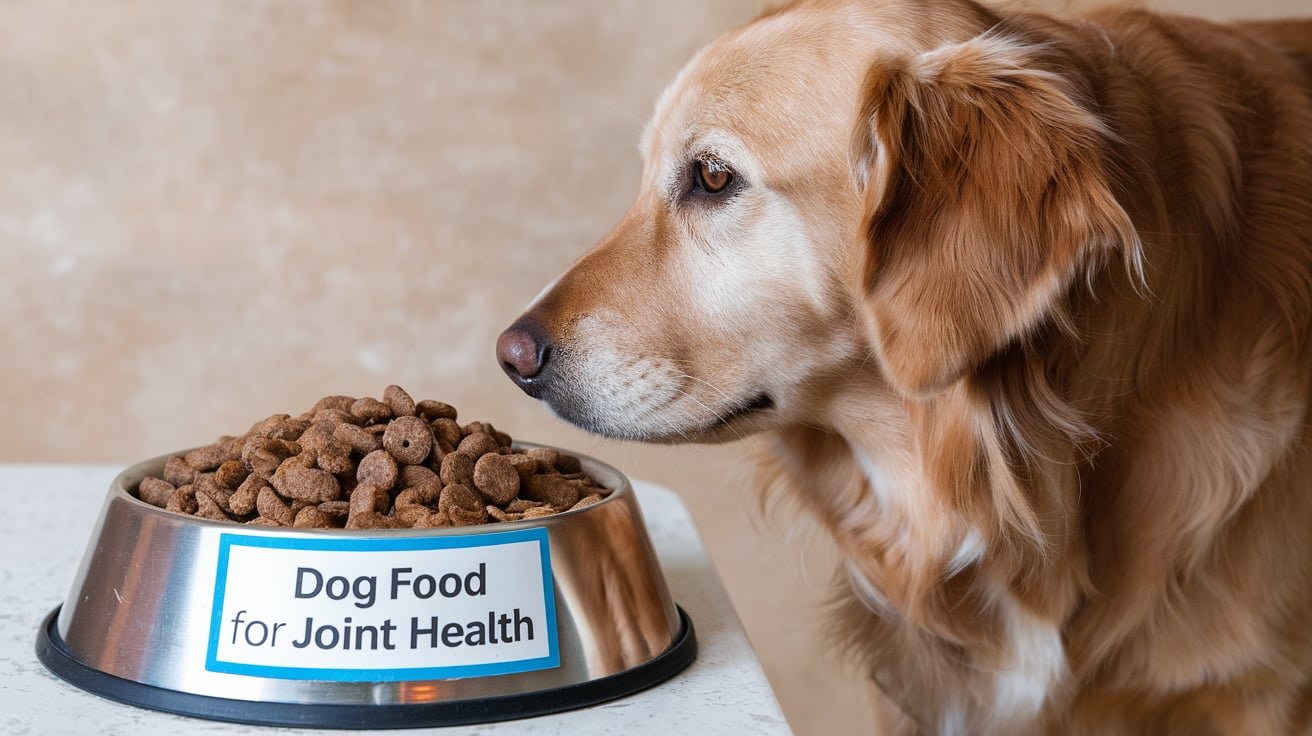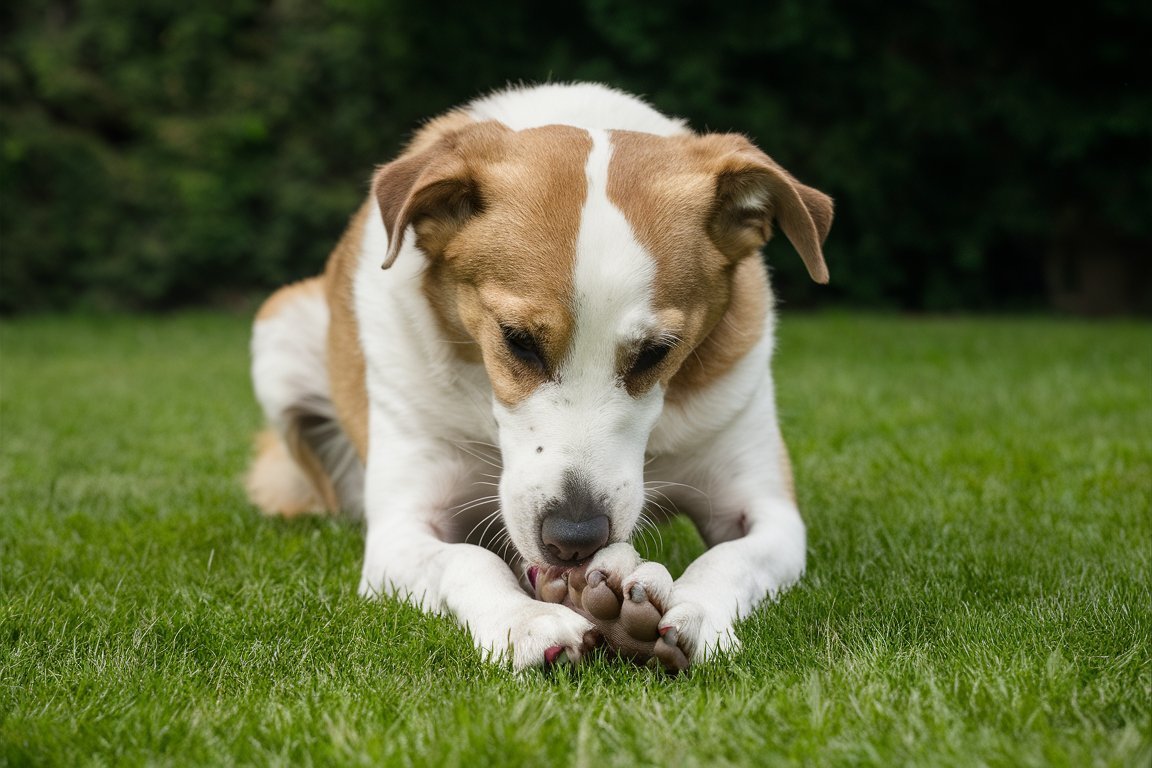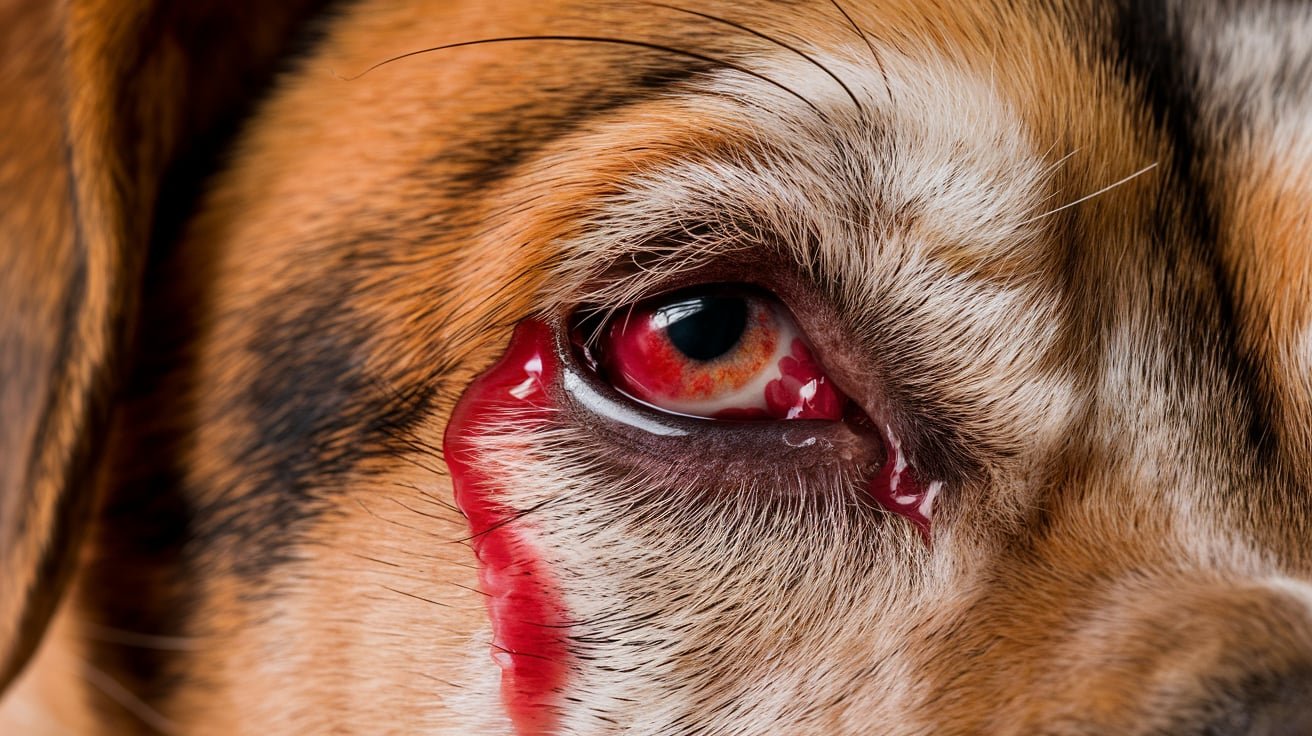Introduction To Hypoallergenic Dog Breeds
If you’re a dog lover with allergies, finding the right furry companion can feel like a daunting task. Fortunately, there are several hypoallergenic dog breeds that are less likely to trigger allergic reactions. In this article, we will explore these breeds, their characteristics, and how to care for them, helping you make an informed decision about your next pet.
What Are Hypoallergenic Dog Breeds?
The term “hypoallergenic” refers to breeds that are less likely to cause allergies in sensitive individuals. While no dog is completely hypoallergenic, these breeds typically produce fewer allergens than others. They may shed less fur and dander, which are the primary culprits behind allergy symptoms.
Why Choose a Hypoallergenic Dog?
Choosing a hypoallergenic dog breed can provide many benefits, including:
- Reduced Allergy Symptoms: These breeds produce fewer allergens, making it easier for allergy sufferers to coexist with their furry friends.
- Less Cleaning: With minimal shedding, you’ll find less dog hair around your home, which means less cleaning!
- Companionship: Hypoallergenic breeds can offer the love and companionship of a dog without the constant sneezing and itching.
Top Hypoallergenic Dog Breeds for the UK
Now that we understand what hypoallergenic dog breeds are, let’s explore some of the best options available in the UK.
1. Poodle
Poodles are one of the most popular hypoallergenic breeds. They come in three sizes—standard, miniature, and toy—making them versatile for different living situations. Poodles have a curly coat that traps dander and hair, reducing the amount of allergens released into the environment.
Anecdote: A neighbor of mine has a toy poodle named Bella. She often invites me over, and I’ve noticed that despite being allergic to dogs, I never have issues around Bella. Her low-shedding coat truly lives up to the hypoallergenic reputation!
2. Bichon Frise
The Bichon Frise is a cheerful little dog with a soft, curly coat. They are known for their friendly and playful nature, making them great companions for families. Regular grooming is essential to keep their coats in good condition and to minimize allergens.
3. Maltese
Maltese dogs are small, elegant dogs with long, flowing coats. They are known for their affectionate personality and adapt well to apartment living. Despite their luxurious fur, they shed very little, making them an excellent choice for allergy sufferers.
4. Schnauzer
Schnauzers come in three sizes: miniature, standard, and giant. All three types are hypoallergenic and have a distinctive wiry coat that requires regular grooming. Their playful and intelligent nature makes them wonderful companions.
5. Shih Tzu
The Shih Tzu is another hypoallergenic breed with a beautiful coat that requires regular grooming. They are known for their friendly demeanor and can adapt well to different living situations, including apartments.
6. Portuguese Water Dog
Portuguese Water Dogs are energetic and intelligent dogs that love water and play. Their curly, water-resistant coat helps minimize shedding and dander, making them suitable for allergy sufferers. They thrive in active households and require regular exercise.
Caring for Hypoallergenic Dogs
While hypoallergenic breeds may produce fewer allergens, it’s still essential to take steps to minimize allergy triggers in your home. Here are some care tips:
1. Regular Grooming
Regular grooming is crucial for maintaining your dog’s coat and reducing allergens. Brush your dog at least once a week to remove loose hair and dander. Consider taking your dog to a professional groomer every few months for a thorough cleaning and trimming.
2. Bathing
Bathing your hypoallergenic dog every month can help remove allergens from their coat. Use a gentle, hypoallergenic dog shampoo to avoid skin irritation.
3. Cleaning Your Home
To keep allergens at bay, clean your home regularly. Vacuum carpets and furniture using a vacuum with a HEPA filter, and consider using air purifiers to reduce airborne allergens.
4. Designated Dog Areas
Create specific areas in your home where your dog can relax. This will help contain dander and hair to certain areas, making cleaning easier.
5. Consider Dog Food
A healthy diet can improve your dog’s coat and reduce shedding. Consult with your veterinarian for recommendations on the best hypoallergenic dog food for your breed.
Frequently Asked Questions
Are hypoallergenic dogs completely allergy-free?
No dog is entirely hypoallergenic, but hypoallergenic breeds produce fewer allergens, making them a better choice for allergy sufferers.
How do I know if I’m allergic to dogs?
If you suspect you have a dog allergy, consult with your doctor or an allergist. They can perform tests to determine your allergies and provide guidance on managing symptoms.
What is the best hypoallergenic dog for families?
Breeds like the Bichon Frise and Schnauzer are known for their friendly demeanor and adaptability, making them great choices for families.
How much exercise do hypoallergenic dogs need?
Exercise needs vary by breed. Generally, most hypoallergenic dogs require daily walks and playtime to stay healthy and happy.
Conclusion
Finding a dog that suits your lifestyle and allergy needs is essential for a harmonious home. Hypoallergenic dog breeds offer the companionship and joy of having a dog without the uncomfortable allergy symptoms. Remember, while these breeds may produce fewer allergens, regular grooming and cleaning are still crucial to maintaining a healthy environment.
If you’re considering adding a hypoallergenic dog to your family, check local shelters and rescue organizations. Many wonderful dogs are in need of loving homes, and you might just find your perfect match!
For more information about hypoallergenic breeds and dog care, visit the Kennel Club or the Dogs Trust.



